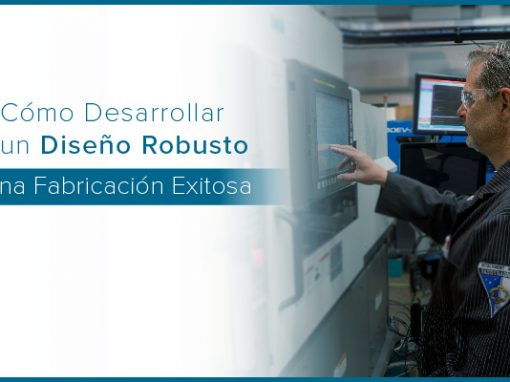Tip of the Day 6: How much is enough?
As everyone knows, wiring the eDART to a machine can be problematic. But sometimes this wiring task can be reduced if what you need to do does not require a complete hookup. This recently came to light when discussing the teaching of classes with the consultants.
The bottom line is: Don’t Panic
The eDART will take data and show it with just a stroke sensor. But it will not show well nor be as easy to use without sequence signals, injection pressure etc. And you cannot show sorting or control unless you have outputs.
- When is a full hookup required? (injection pressure, stroke / velocity, sequence signals, OR2-D)
- Always when running Valve Gates, Basic 3-Stage or Shuttle
- Any permanently installed eDART should have as many signals as you can get. This is because the customer may not see it but it will simplify the operation of the eDART (e.g. reducing steps required at job start etc.). And it will generate important analysis data (e.g. viscosity) that he will learn to use later or that we can use to troubleshoot problems in the process.
- What about demos?
Demos can sometimes get by with less than a full hook-up. Think of this in terms of what you want to show.
Sequence signals are important for showing all of the analysis that the eDART can do: backpressure, screw run time etc.
- If some or all sequence signals are missing you can still show analysis. For example you can show analysis of overnight drama by putting the data up on analyzer in the morning.
But the customer may see you doing the extra steps required (e.g. zeroing the stroke) and conclude that the eDART is too difficult to use.
- V->P transfer hookup (OR2-D or analog output) is not required if you do not intend to show decoupled 3 with cavity pressure.
- OR2-D outputs for sorting are not required if there is no equipment there that you can use for sorting.
- How much is needed for teaching?
It appears that for most classes such as systematic molding, our consultants do not need to wire any sequence signals to the machine. They can get by having the customer hook up our stroke encoder and getting injection pressure from the machine.
On electric machines, injection pressure is sometimes the tough one. Call customer support (or have the customer call) for instructions on how to find it. It is usually on the machine print somewhere as a 0 – 10V output. It is just a matter of finding the right two terminals and wiring to the Analog Input module.
If you can get sequence signals you can show the eDART without having to set up stroke etc. If not then carry on with injection pressure and stroke / velocity. Remember to set the stroke zero and set fill volume at the end of machine filling (or just before for rheology demos).

